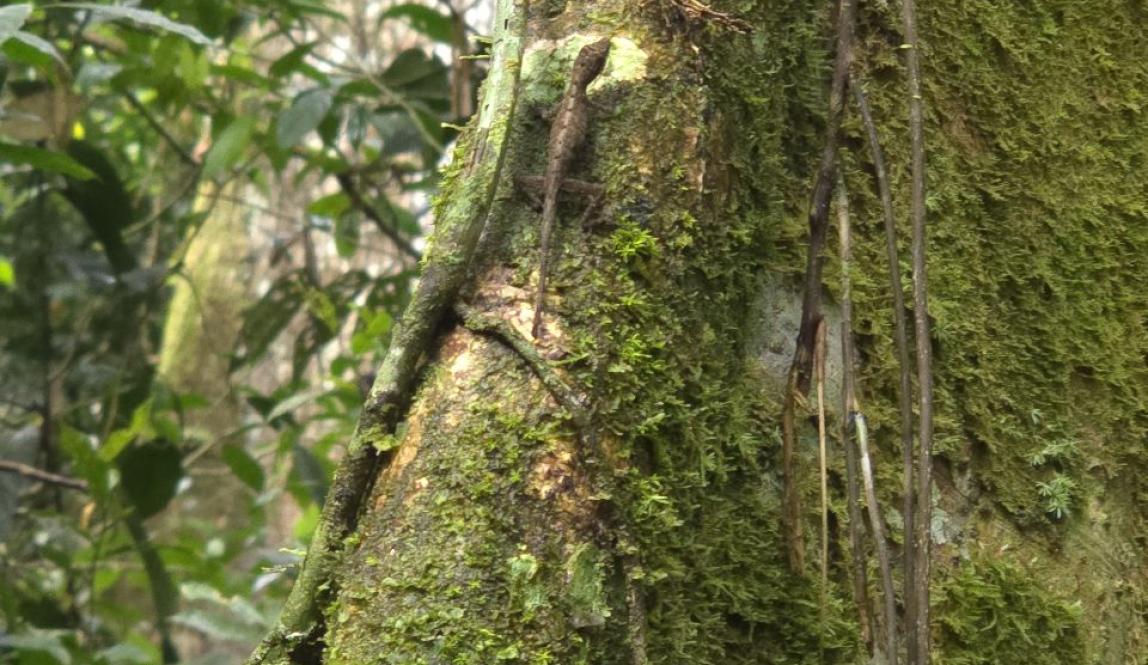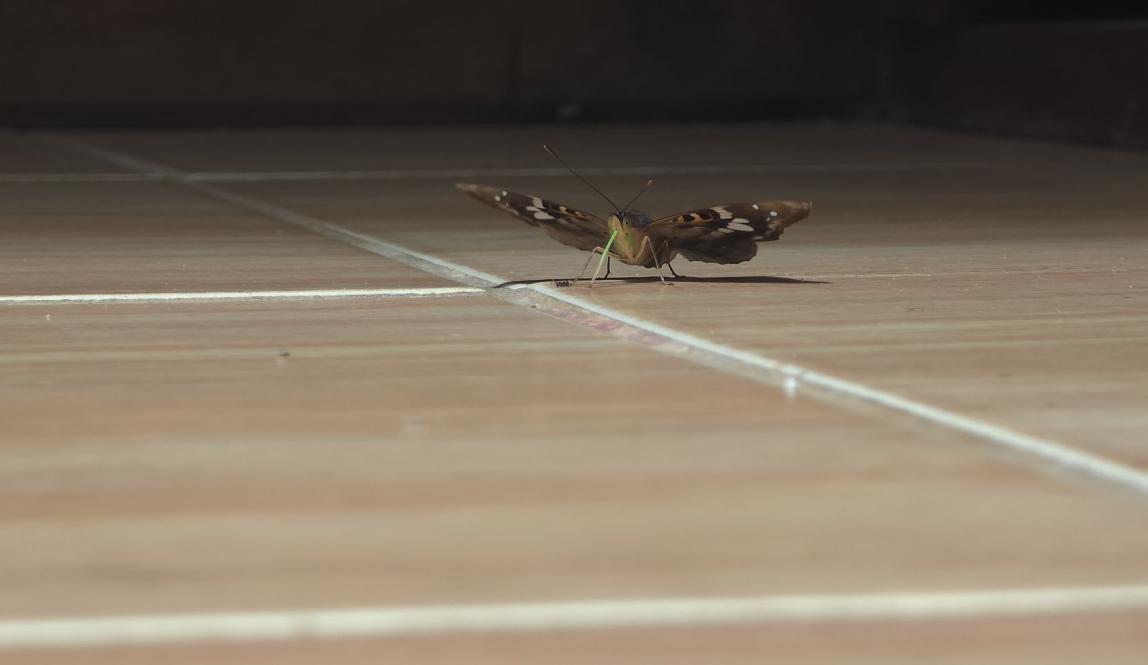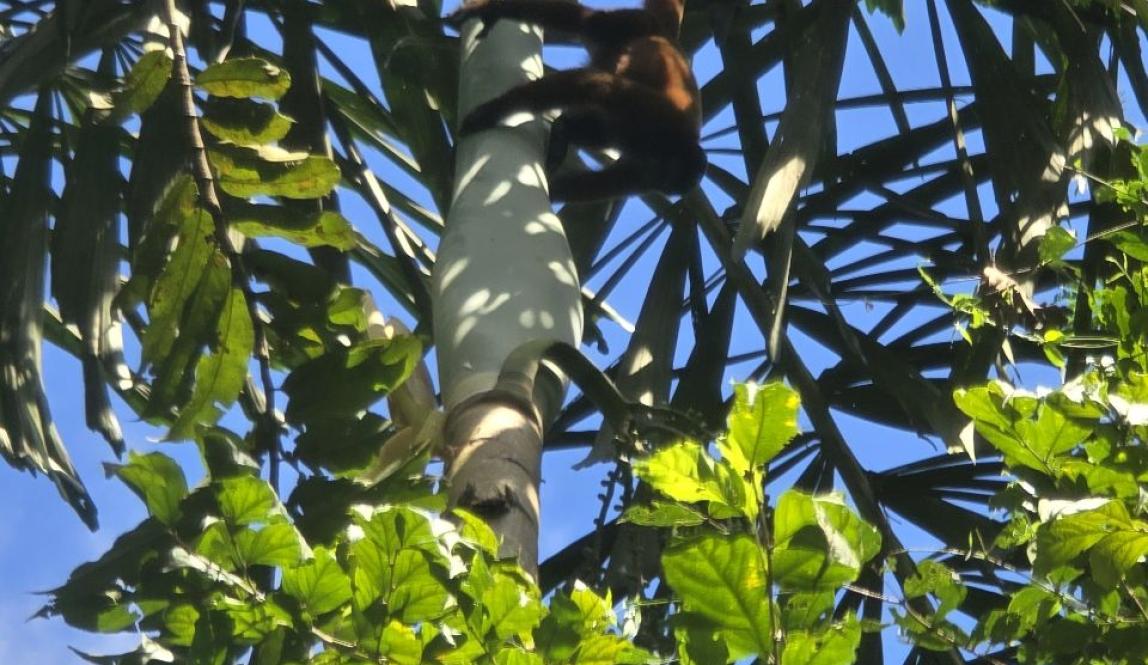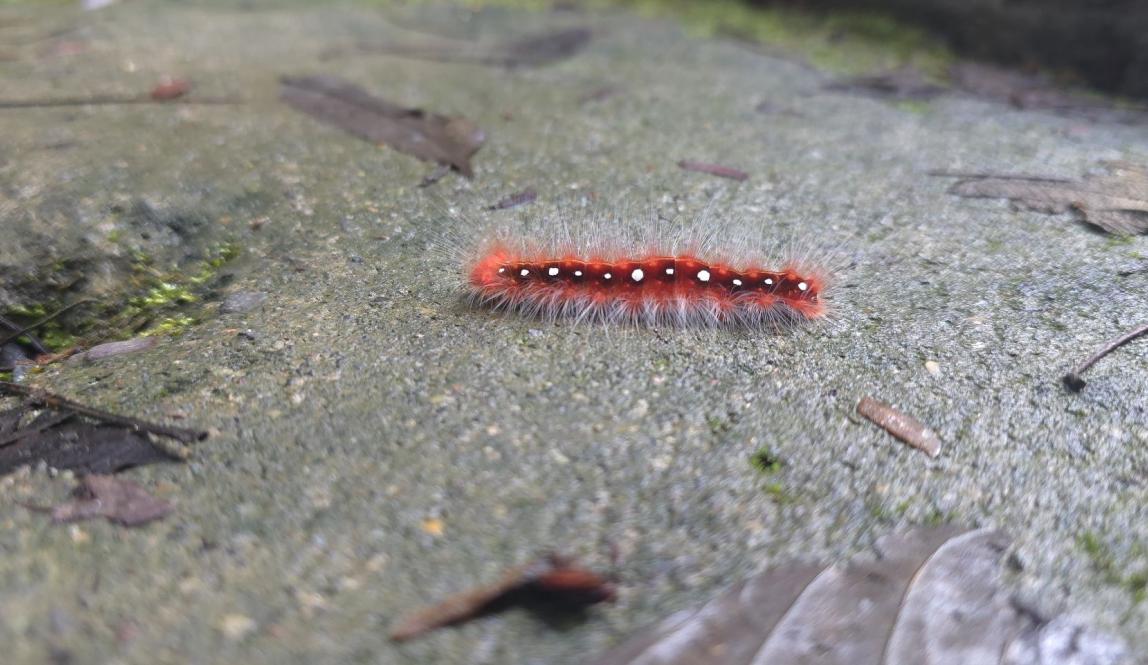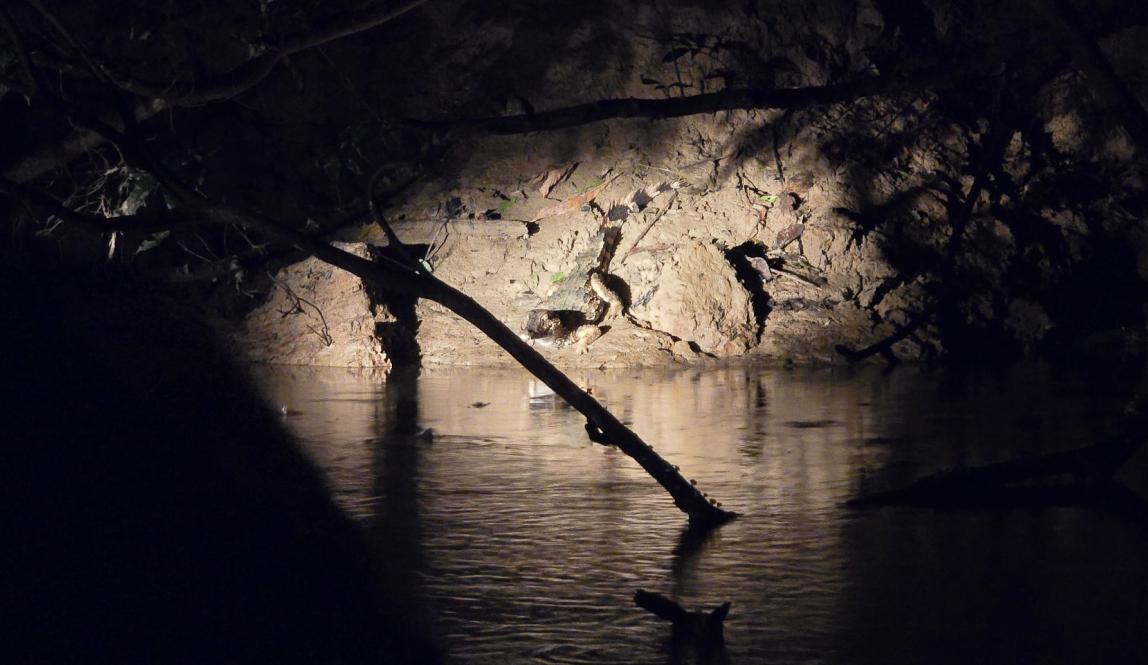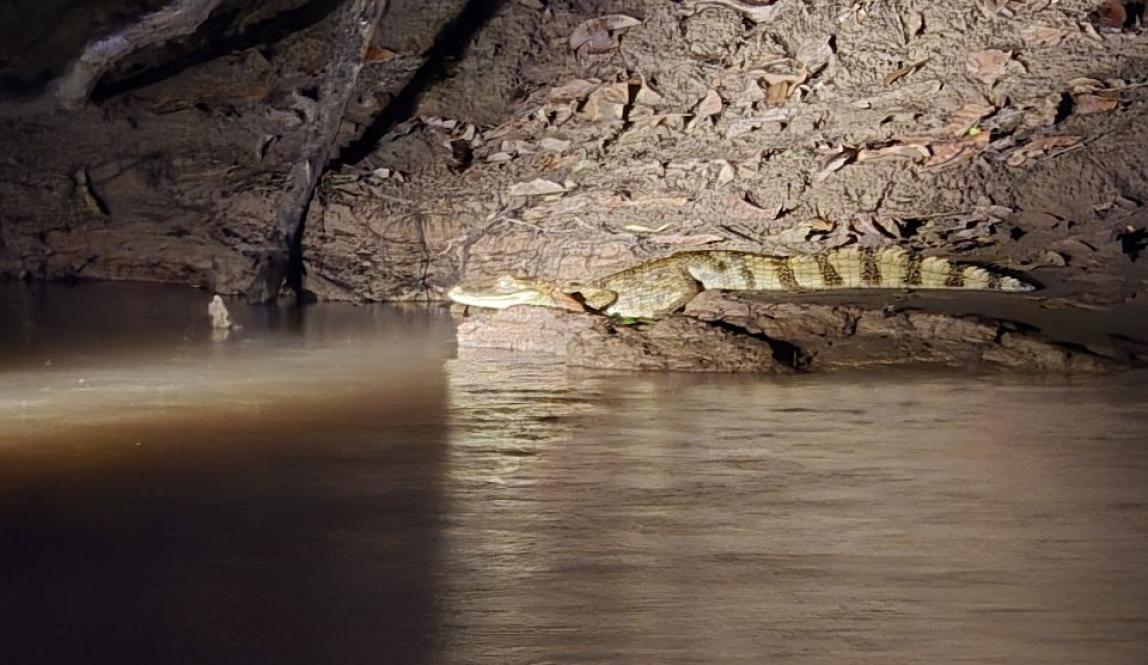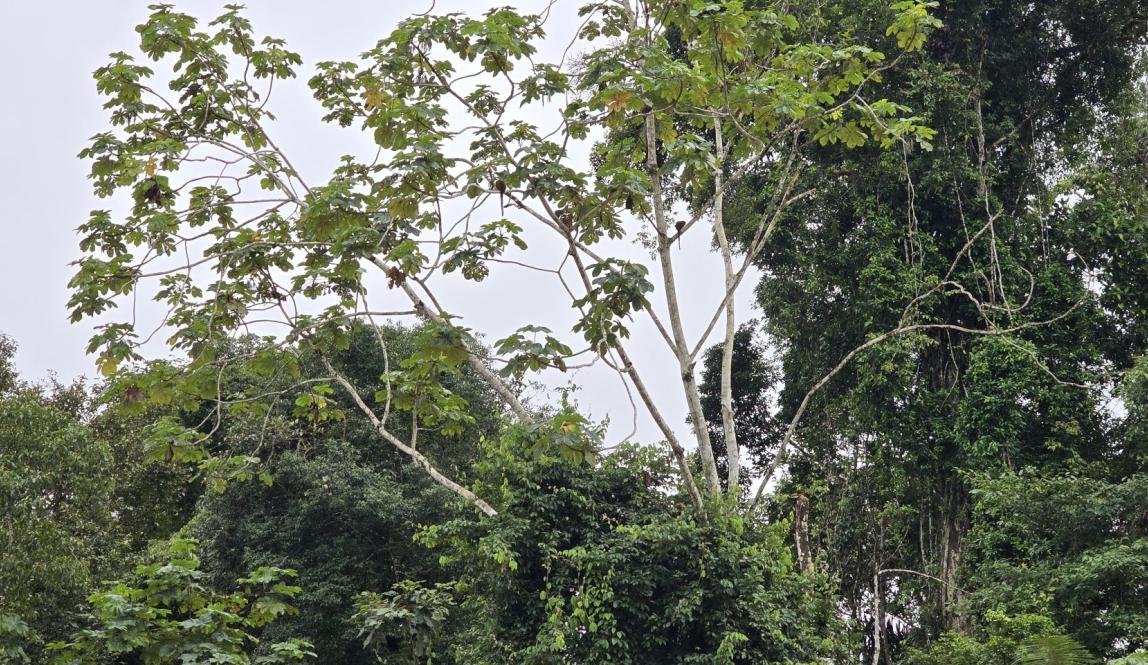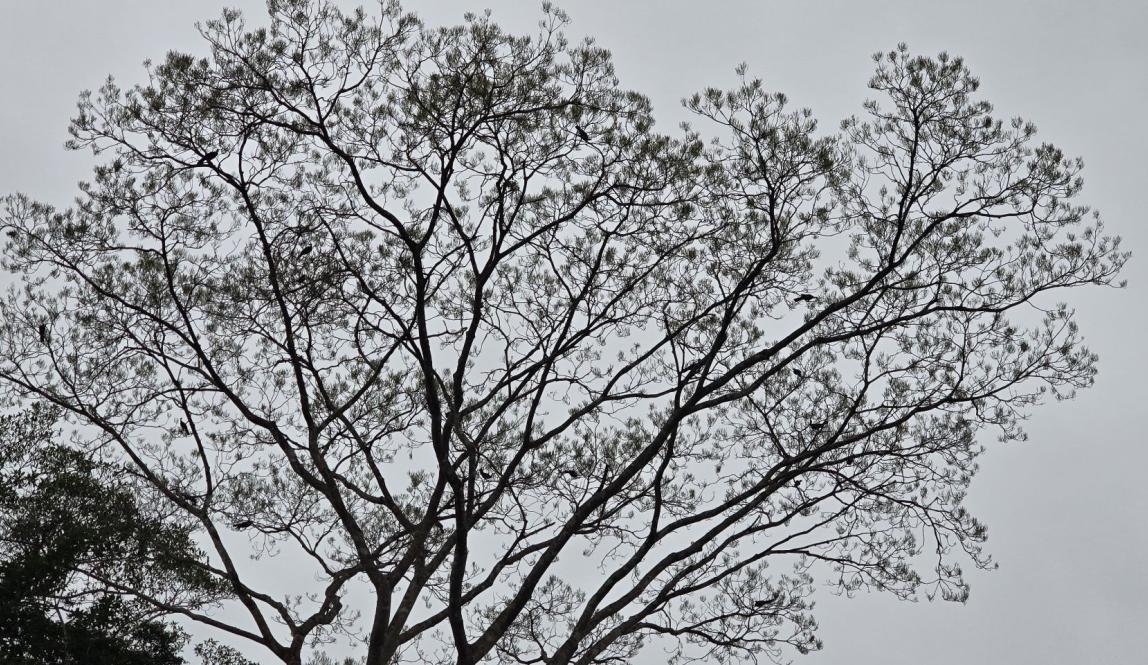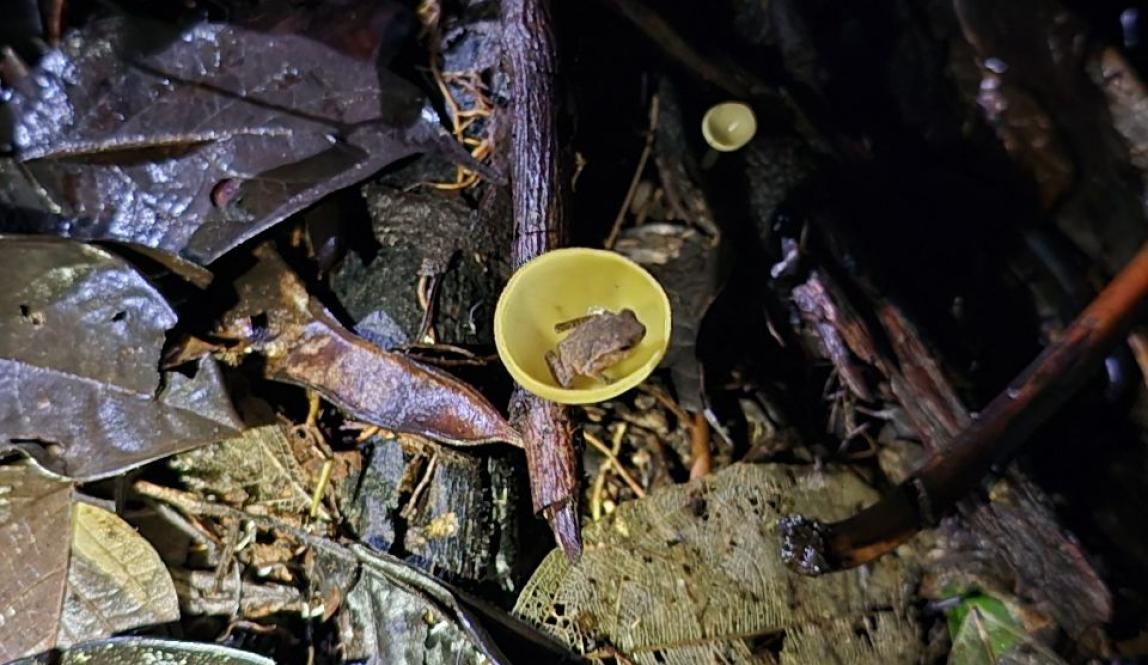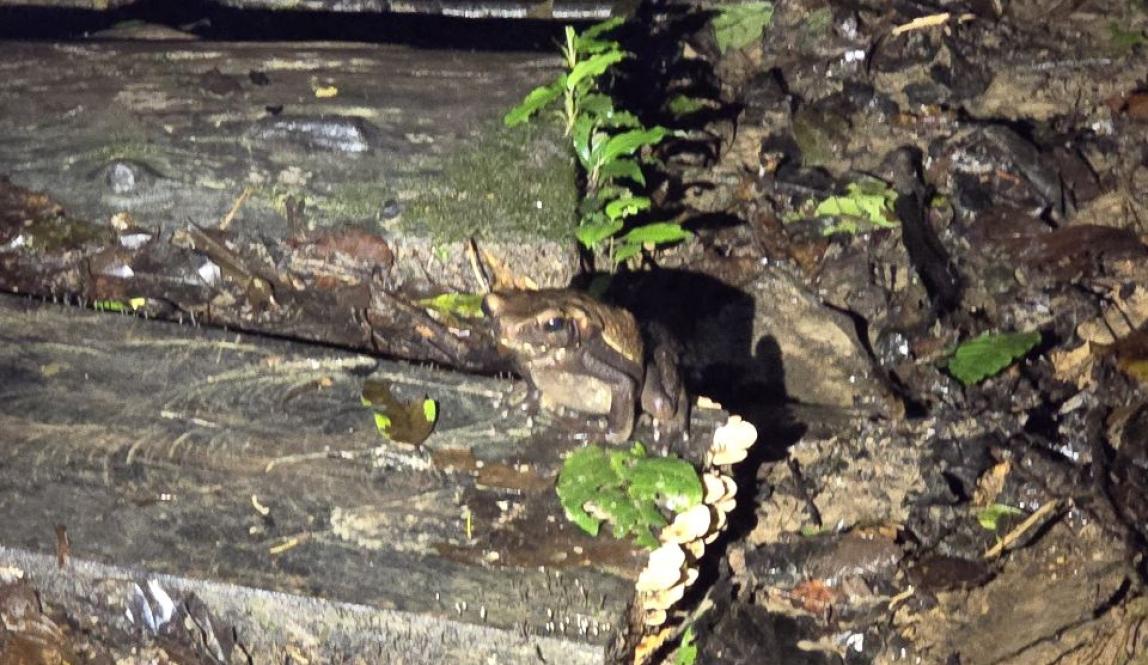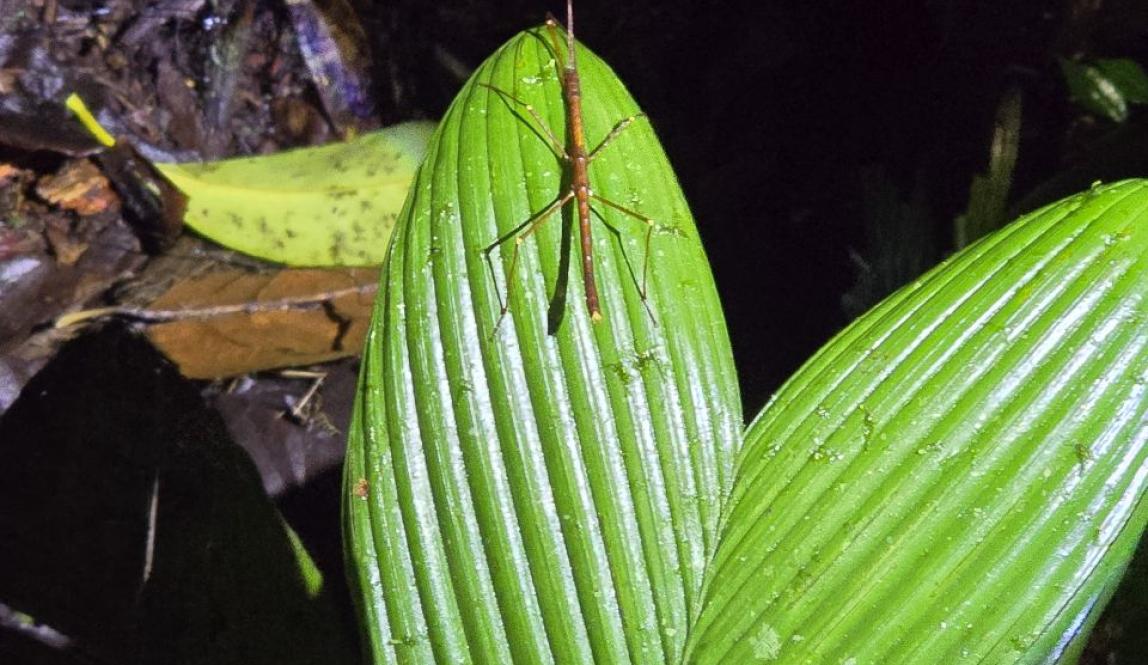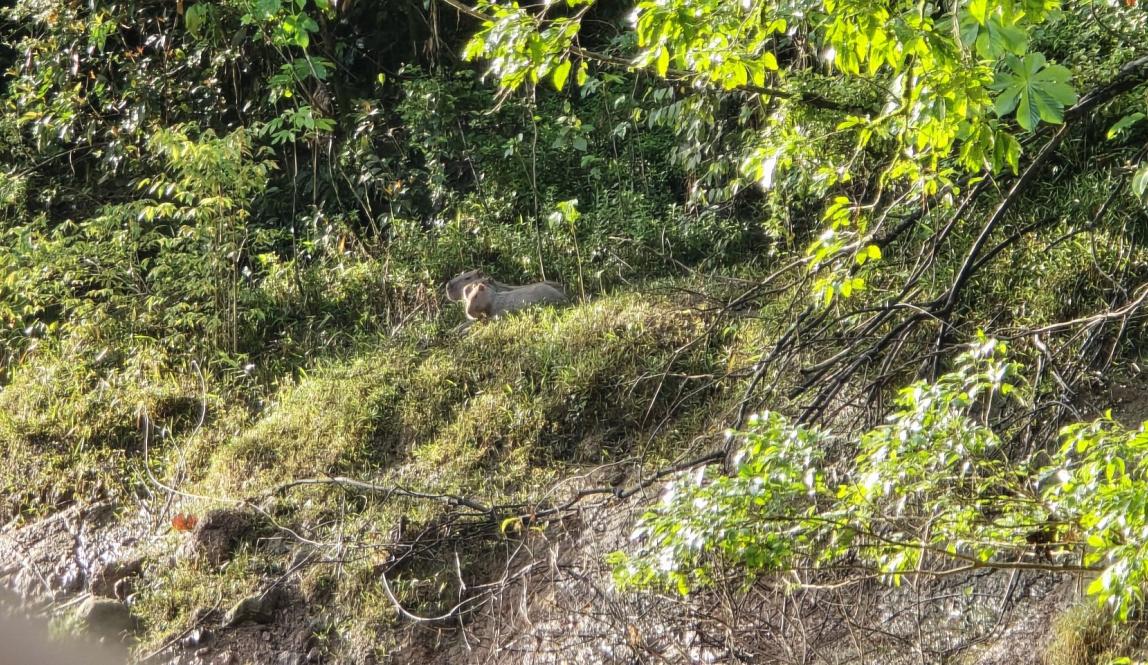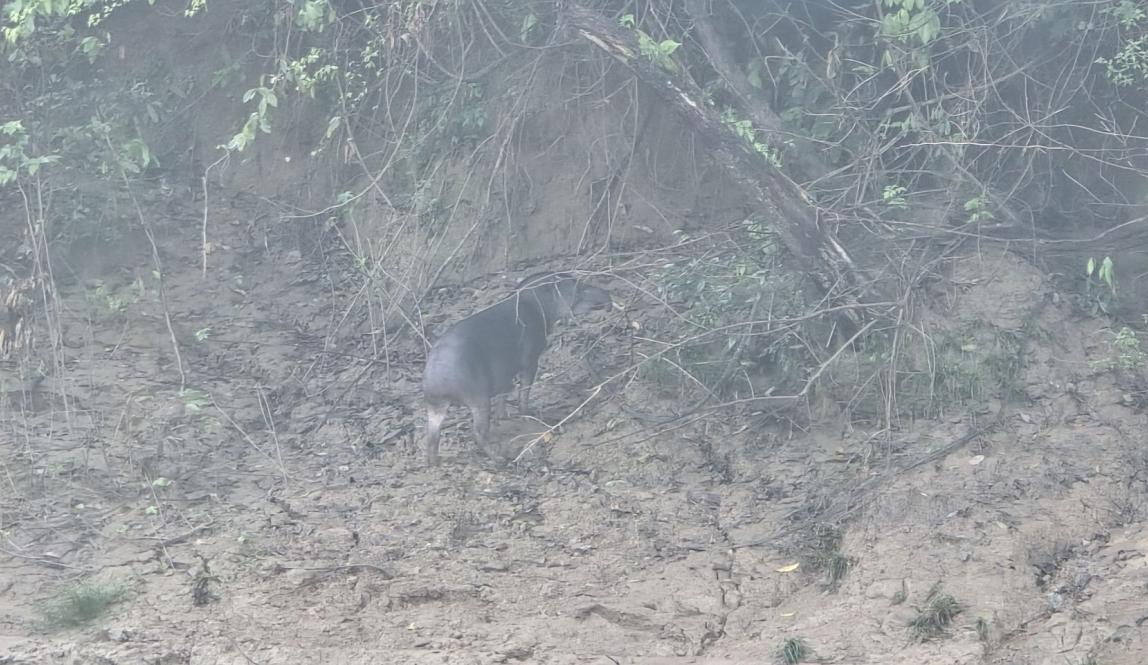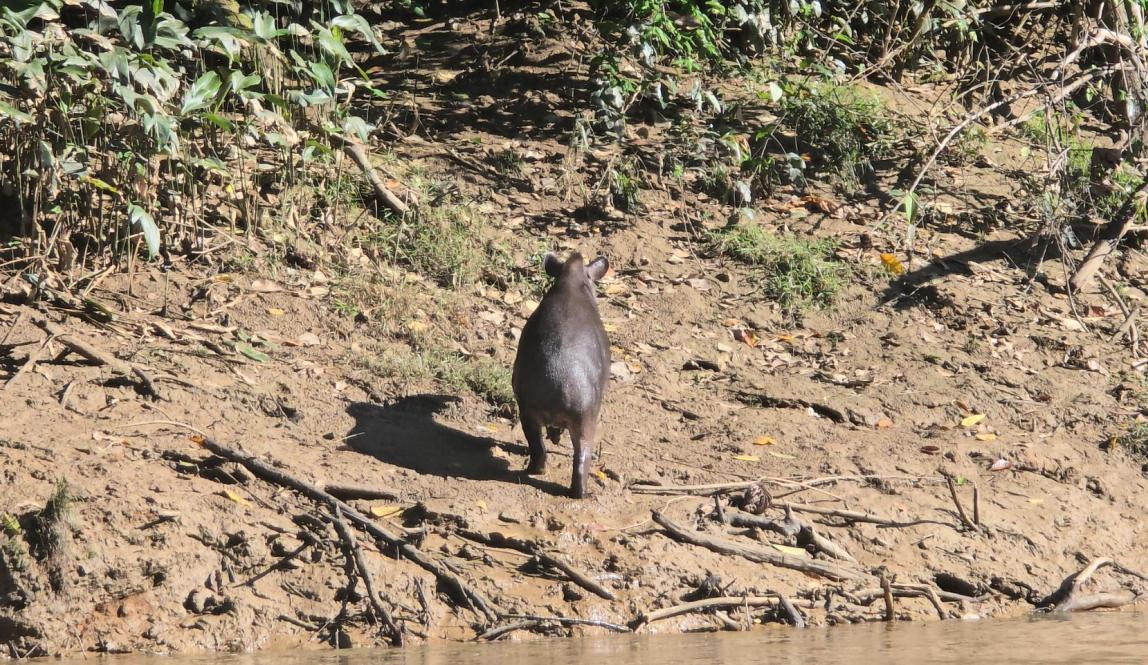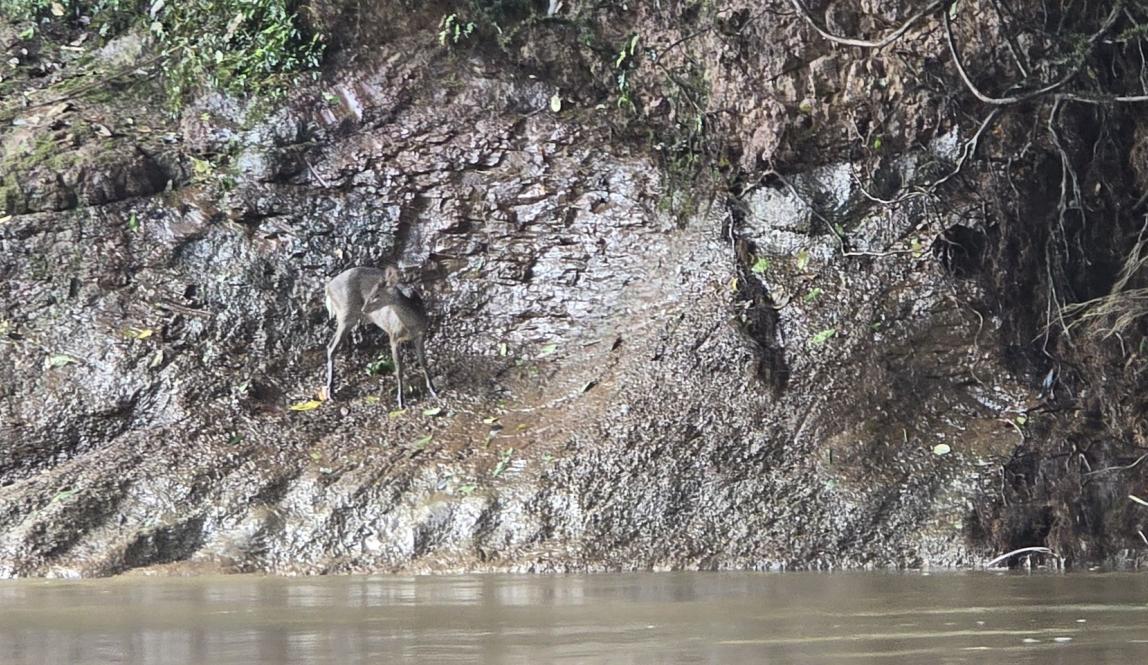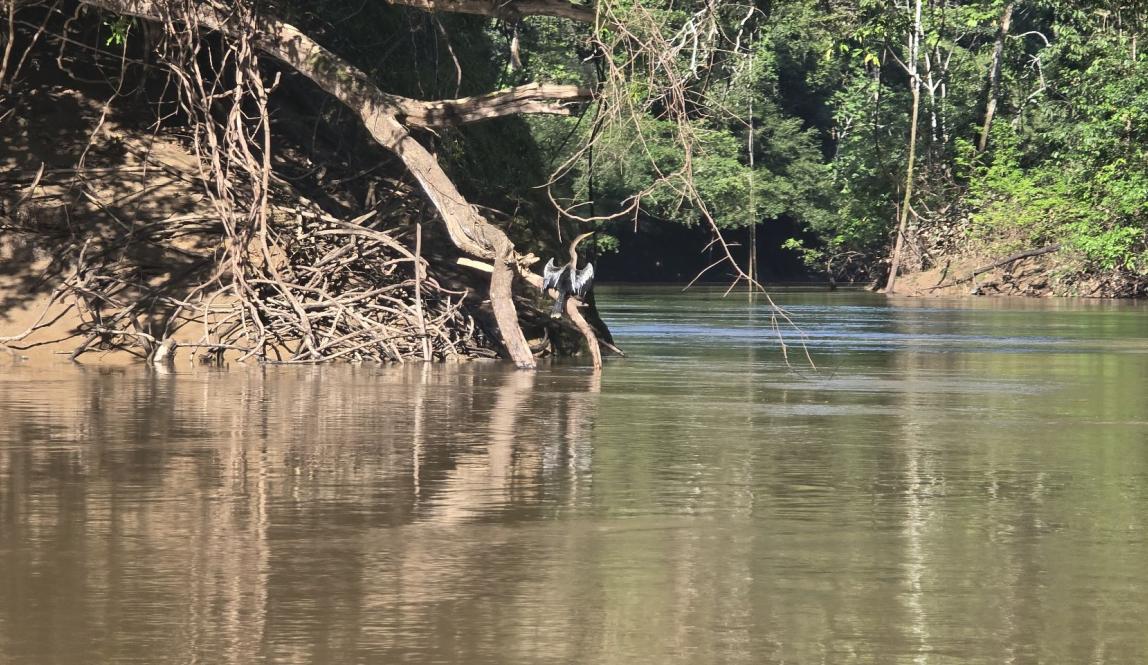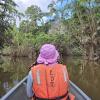The following post contains a collection of stories from my class’s misadventures at Tiputini Biodiversity Station.
Roommate
The first morning in Tiputini, we woke up bright and early; breakfast was served at 7:30 a.m. sharp, and punctuality was strongly encouraged.
The other two students in my room got up first and began to get ready for the day. As the lone top-bunk person, I stayed in bed a little longer – my mind was still a bit too hazy to navigate the climb back down to earth.
“Big… spider…” one of my roommates said, pointing to a spot on the screen window not three feet away from me. I turned to look, but I couldn’t see it from my angle. Whatever it was, it stood between me and the ladder of my bunk bed.
“Is he inside?” I asked.
“I’m not sure,” my roommate said. “I don’t have my glasses on.”
My second roommate returned from the washroom. “Big spider? Where?” My other roommate pointed.
After some oohing and aahing, my roommates confirmed that the spider was for-sure outside the screen window. I bit the bullet and climbed down the ladder. From there, I could clearly make out the unmoving silhouette of a tarantula, backlit by the morning sun.
A few minutes later, our spider friend crawled into the eaves of the cottage to sleep.
We would see that same spider on our window every morning and evening, for the remainder of our stay at Tiputini. Though we never gave him a name, we affectionately called the tarantula “our roommate,” and were delighted whenever he graced us with his presence.


Snake from the Sky
That same morning, we had our first excursion into the rainforest. Our class split into two groups, each consisting of 3-4 students, a USFQ chaperone, and a guide from the station. All of the guides at TBS are indigenous people who grew up in the rainforest. They are incredibly knowledgeable about the different flora and fauna in Tiputini.
My group set off for the bird watching tower, while the other headed for the canoe lake. The two groups would swap locations in the afternoon.
The trail was easy, but we stopped often to admire the different plants and animals. Our particular guide knew a lot about medicinal plants, and he explained the uses of several that we saw. In total, the journey to the bird watching tower took around 45 minutes.
The tower is 45 meters (a little under 150 ft) tall, and extends beyond the canopy of the forest. You can’t even see the top of it from the ground.
I mentally prepared for a lot of climbing, but I hadn’t even scaled the first couple flights of stairs when the people in front of me stopped. Apparently, a snake had fallen and hit one of my classmates on the way down. I didn’t believe it at first, but sure enough, a snake lay below us, its cream-colored belly plainly visible even from 5 meters off the ground.
We were afraid that the snake was dead, but soon it began to right itself. As the resident herpetology aficionado, I raced down the stairs two at a time. By the time I reached the ground, the snake was slithering around a bit, but slowly. My guess is he was still in shock from falling out of his tree. That must’ve hurt.
The rest of the group arrived, and the guide identified the snake as a harmless, nocturnal colubrid, belonging to the subfamily dipsadinae. The guide picked up the snake and talked about its diet and lifestyle. When he asked if any of us wanted to hold it, I could’ve died from excitement. We each held the snake for a little bit and took selfies with him. After that, we let him go, and he immediately began climbing a strangler fig tree.
After that, we resumed climbing the tower. At the top, we encountered a friendly butterfly, who was convinced that my classmate’s pink hat was a flower. Then someone spotted a king vulture in a distant tree. We watched him through the telescope for a bit, then he took off. He was big enough that we could clearly see his silhouette in the air, even from very far away.







Not Clickbait
For our Sunday afternoon excursion, we split into two groups to go hiking (well, the closest thing to hiking in a nearly perfectly flat river valley). But before we set off into the forest, someone spotted a group of squirrel monkeys right next to our cottages in the station. Of course, our hike was delayed as we took the opportunity to watch the monkeys leaping through the trees.
After our necks got sore from looking up, our excursion began in earnest. The trail was muddy from the morning’s rainfall, so we traveled cautiously as our guide pointed out the different plants and animals around us.
About twenty minutes into the hike, one of my groupmates spotted a line of large, black ants traversing the foliage above us. Our guide came to look.
“Bullet ants,” he said. “Very painful.” We paused to watch the marching ants for a moment. They were about the size of house crickets, with chunky black bodies. They moved with speed and purpose, antennae flicking to-and-fro as they walked.
A minute of walking later, we encountered a fairly steep decline in the trail, still slick with mud from the recent rain. A rope handrail ran along the left side of the trail. Though our guide easily navigated the hill hands-free, I followed him more cautiously, clutching the rope with one hand. “Two points of contact” and all that jazz.
I reached the bottom without incident. My classmates weren’t far behind me. All was well.
Then my left thumb started to itch.
Not the hair-trigger itch from a bug landing on you. Not even the deep itch of eczema. No, this was something different. A furious itch.
I started to rub my thumb, searching for any sign of a bite, growing frantic when I found nothing. The itch worsened, then started to burn. My classmates noticed my agitation and alerted the guide.
“I think something bit her,” someone said.
Our guide came over and investigated the area a few steps behind me. He pointed to the ground.
Sitting right below the rope line was a lone bullet ant, slowly marching away. He probably was walking along the rope. During my descent, I must’ve startled the poor guy into stinging me.
My first thought was, “I’m gonna have so much street cred when I tell my brothers about this.” (Hey, as the “lame older sister,” I take what I can get.)
My thumb was throbbing now, like I’d just slammed it in a door. Our USFQ chaperone offered me an Ibuprofen from the med kit. I accepted it gratefully.
“Do you want to turn around?” she asked. I said no.
“Are you sure?” one of my classmates asked. “We’re totally fine with going back.”
I asked our guide if there were any complications I could get from the bullet ant sting. He assured me that it wasn’t a damaging sting, just a painful one. That made me relax a bit. If pain was the only symptom, then I just had to stay distracted.
“I wanna keep going,” I said. “That way I don’t have to think about it.”
The rest of the hike commenced without any problems. We stopped at a clearing and ate some lemon ants (spoiler alert: they actually do taste like lemon). A few minutes later, we heard a faint roar in the distance. At first I thought it was just the wind through the trees, but after a few seconds, it crescendoed into crashing. The realization hit me a second before the rain started.
In the span of a second, the weather changed from calm to a full-on downpour. It was like someone had flicked a switch, or turned on a faucet. I had no backpack and thus, no raincoat, so I was immediately soaked. In the twenty minutes it took to get back to the station, there was more rain than I had ever seen in my life (though I only moved out of my desert hometown two years ago, so the bar isn’t that high). We walked in silence, the roar of the rain enveloping us like a blanket. It was peaceful.
And as a little cherry on top, we saw a sun grebe just before we got to the station. His wings were closed, obscuring their famed sunburst pattern. But even so, he was a handsome little bird.
My thumb still hurt when I returned to my room, but it hadn’t intensified or spread. It still just felt like I’d slammed my thumb in a door. I changed into dry clothes, took a short nap in the library, then attended a lecture from our ecology prof.
By the time dinner rolled around, just five hours after I was stung by the bullet ant, the pain had completely disappeared. By some stroke of luck, the one person on the trip to get stung happened to be “practically immune” (my professor’s words, not mine). And of course, it meant I had the perfect not-clickbait title for my blog.
Photo Gallery
Below you can find photos of some of the other animals we saw:

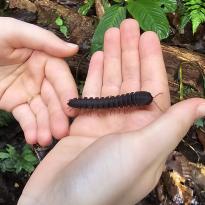
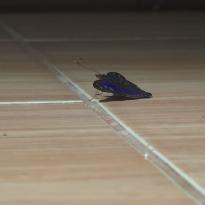
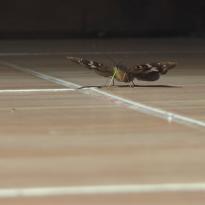
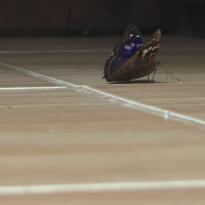

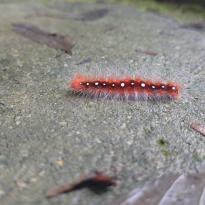
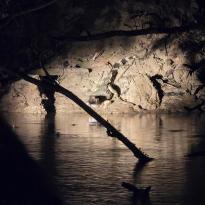





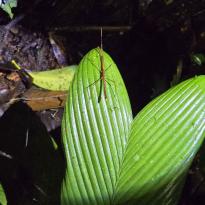


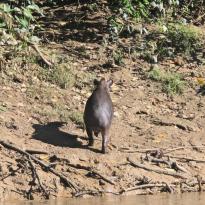

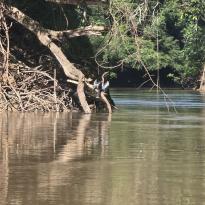

Teagan Serink
Salutations! My name is Teagan Serink. I’m a junior at the University of North Texas, where I’m studying music, technical communication, and Spanish. I enjoy singing, birdwatching, and herping. This summer, I’ll be studying ecology in Quito, Ecuador!

